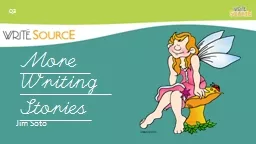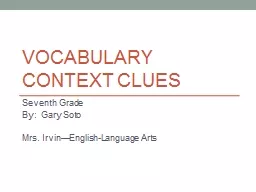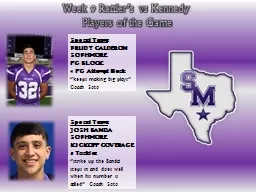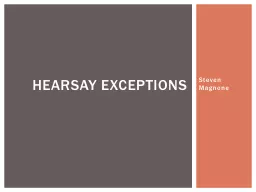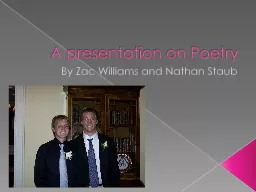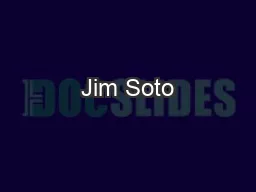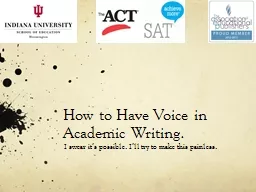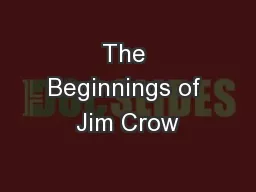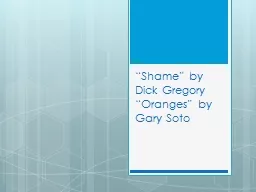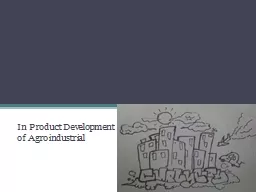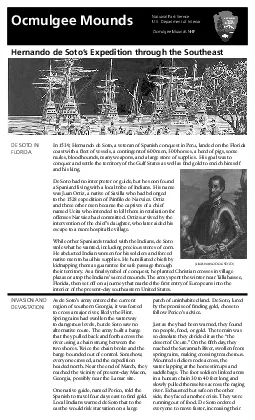PPT-Jim Soto Q3 More Writing
Author : kinohear | Published Date : 2020-06-22
Stories Lesson Objective Understand the content and structure of a short story Choose a topic to write about Plan draft revise and edit a short story Pages 346352
Presentation Embed Code
Download Presentation
Download Presentation The PPT/PDF document "Jim Soto Q3 More Writing" is the property of its rightful owner. Permission is granted to download and print the materials on this website for personal, non-commercial use only, and to display it on your personal computer provided you do not modify the materials and that you retain all copyright notices contained in the materials. By downloading content from our website, you accept the terms of this agreement.
Jim Soto Q3 More Writing: Transcript
Download Rules Of Document
"Jim Soto Q3 More Writing"The content belongs to its owner. You may download and print it for personal use, without modification, and keep all copyright notices. By downloading, you agree to these terms.
Related Documents

